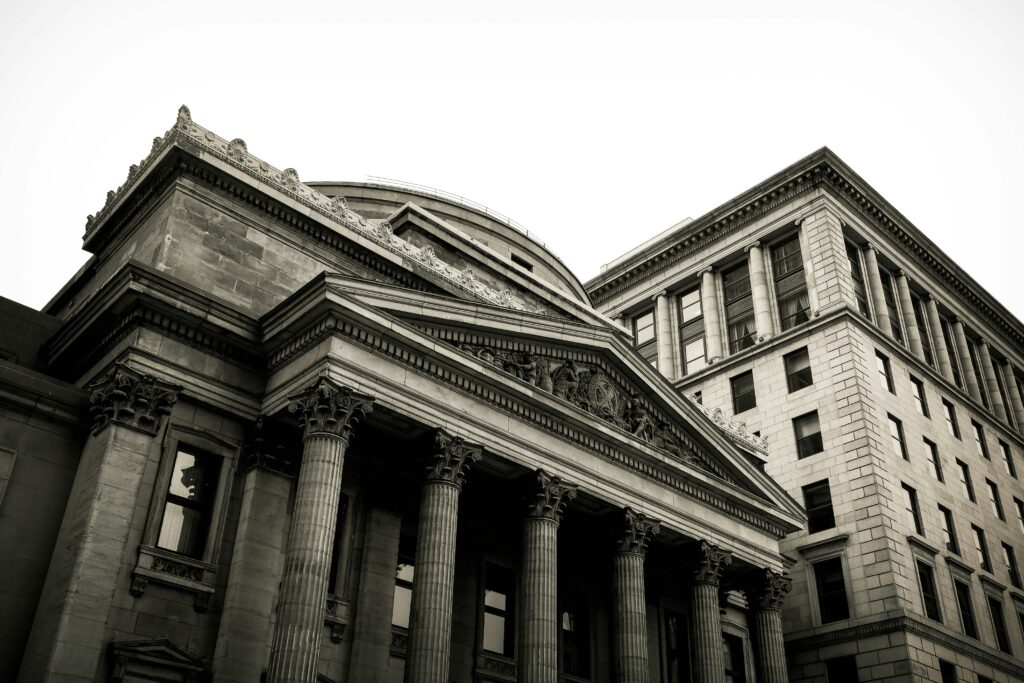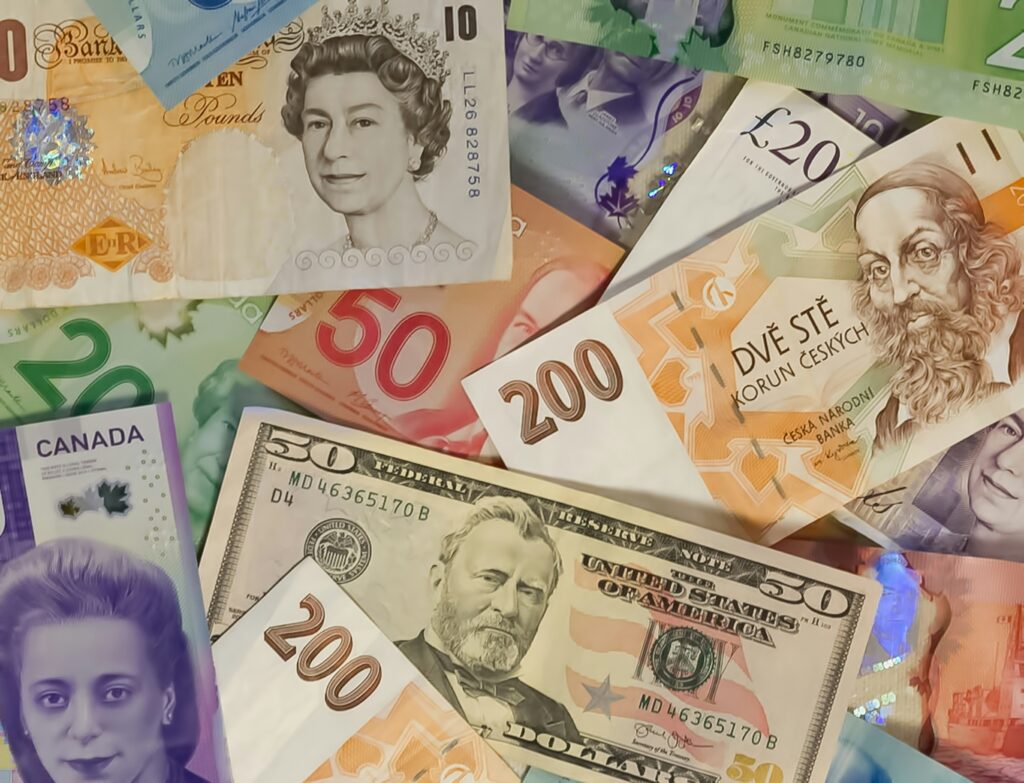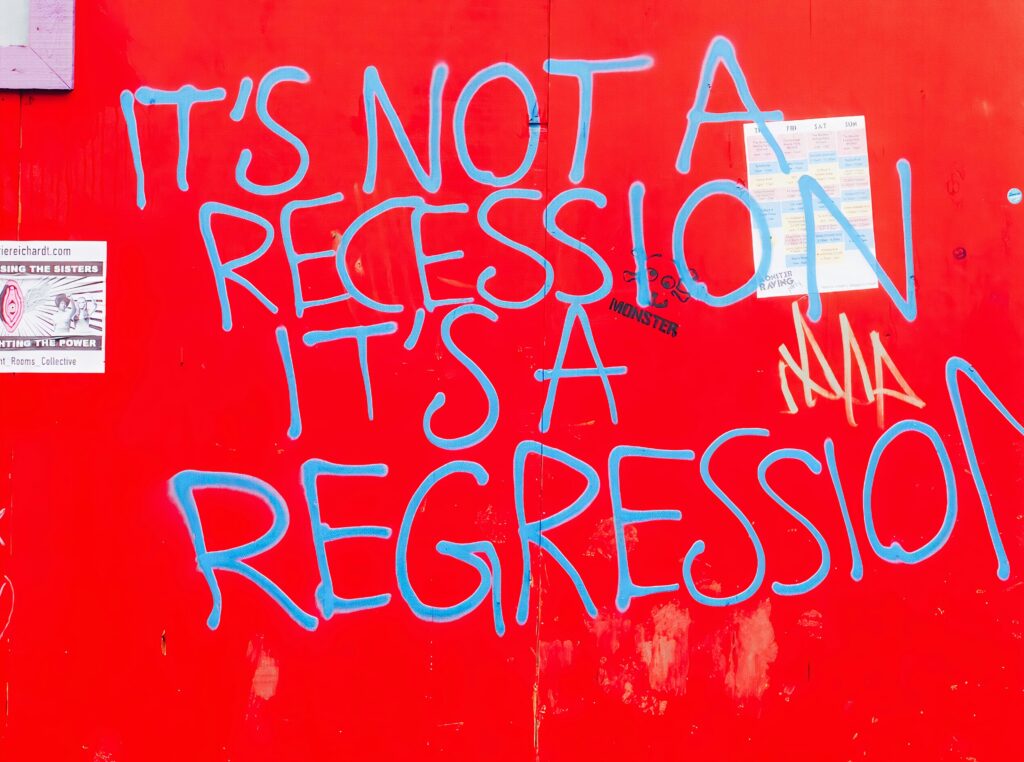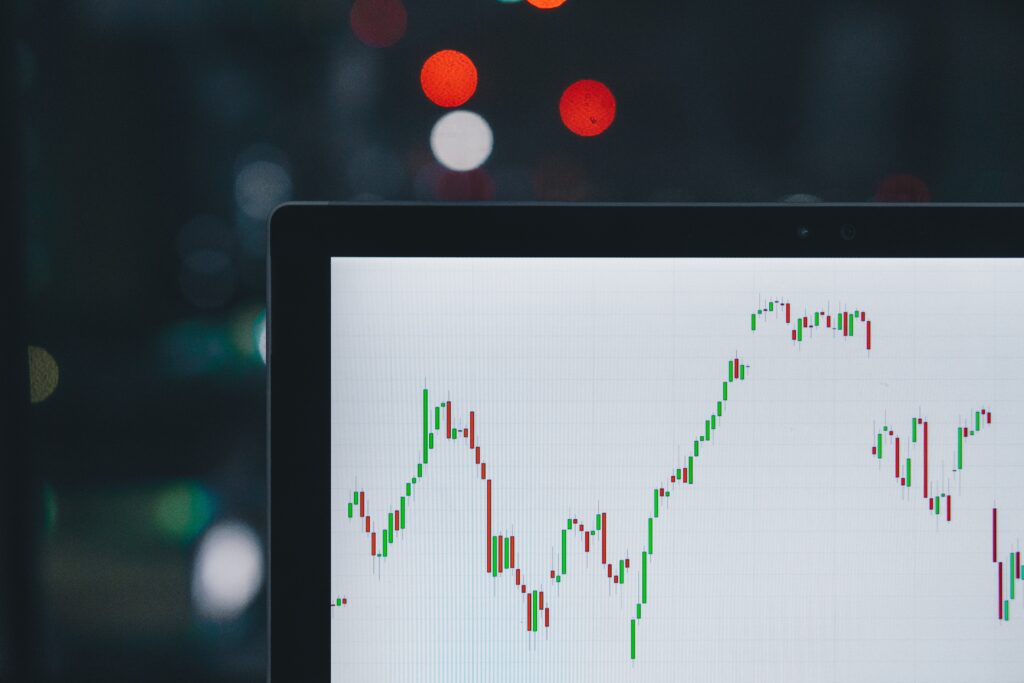Recession. It’s a word that can send shivers down the spine of businesses, investors, and everyday people alike 😬. With inflation, interest rate hikes, and global instability all playing a part, many are wondering: Are we headed for a recession? And if so, what does it mean for the global economy—and your wallet? 💸
Let’s break down the latest insights on recession risks and economic slowdowns—in plain English, with a dash of optimism and emojis to help make it all digestible 😄👇
🧠 What Is a Recession, Anyway?
A recession is typically defined as a period of declining economic activity, often marked by two consecutive quarters of negative GDP growth. But it’s not just about the numbers—during recessions, we often see:
- Rising unemployment 📉
- Lower consumer spending 🛒
- Business cutbacks 💼
- Drops in industrial production 🏭
It’s like the economy hitting the brakes—and it can affect everything from your job prospects to the price of your groceries 🍞.
🔍 What’s Causing Recession Concerns in 2025?
Let’s take a look at the key factors contributing to today’s economic slowdown and potential recession risks:
1. 💸 High Interest Rates
To combat inflation, central banks around the world—like the U.S. Federal Reserve and the European Central Bank—have raised interest rates over the past couple of years 📈.
🔁 Higher rates → More expensive loans → Less spending → Slower economic growth
While it helps cool down inflation, it can also chill consumer and business activity ❄️.
2. 🛢️ Global Energy and Supply Chain Shocks
Geopolitical tensions (👀 we’re looking at you, Eastern Europe and the Middle East) have led to:
- Volatile oil and gas prices
- Delays in supply chains
- Increased transportation costs
All of these can drag down economic growth, especially for manufacturing-heavy countries.
3. 📉 Slowing Consumer Confidence
When people fear a recession, they spend less. It becomes a bit of a self-fulfilling prophecy. Consumers hold back, businesses cut costs, and the economy slows down.
➡️ Retail sales and housing markets are already showing signs of softening in many regions 🏘️.
4. 📊 Sluggish Global Growth
Major economies like China, Germany, and the UK have seen slower-than-expected growth. Combined with weak demand from global trade partners, this further dims the global economic outlook.
🌎 How Recessions Impact the Global Economy
A recession in one country—especially a big one like the U.S. or China—can have ripple effects worldwide 🌐.
- Emerging markets often suffer from reduced foreign investment and weaker export demand.
- Commodity-exporting countries may face falling prices and reduced revenues.
- Multinational businesses could cut jobs, reduce hiring, or delay expansions.
📉 Global recession risks often lead to synchronized slowdowns, where multiple countries feel the pinch at once.
💼 How Recessions Affect the Job Market
During a recession, unemployment usually rises. Why?
- Businesses cut back on hiring or lay off workers 🧾
- Small businesses may shut down due to falling revenues
- Freelancers and gig workers often lose clients first
Sectors like hospitality, retail, and real estate tend to be hit hardest 😔. However, recession-resilient sectors like healthcare, IT, and government roles often remain stable.
📣 Good News?
Recessions also trigger innovation and adaptation. Many workers pivot careers, learn new skills, and find opportunities in growing industries like green tech, cybersecurity, or remote services 🌱🧑💻.
📉 Signs We Might Already Be in a Slowdown
Here are some economic indicators economists are watching closely in 2025:
| Indicator | Current Trend 📊 |
|---|---|
| GDP Growth | Slowing in U.S. & EU |
| Unemployment Rates | Rising slightly in key markets |
| Consumer Spending | Softening |
| Inflation | Moderating but still elevated |
| Manufacturing Activity | Declining in several regions |
These signs don’t guarantee a recession, but they’re red flags that the economy is losing steam 🚦.
🛡️ How to Prepare for a Possible Recession
You don’t need to panic, but it’s smart to recession-proof your finances and mindset 🧘♂️. Here’s how:
1. 💳 Reduce Unnecessary Debt
High interest rates make credit card and loan payments even more expensive. Pay off what you can, and avoid taking on new debt.
2. 🏦 Build an Emergency Fund
Aim to have 3–6 months’ worth of expenses saved up. If a layoff happens, you’ll have a safety net to fall back on.
3. 🧑💻 Upskill for Resilient Roles
Tech, healthcare, and digital services often fare better during slowdowns. Consider learning skills that are in demand across economic cycles.
4. 💬 Stay Informed, Not Panicked
Economic news can be overwhelming. Focus on facts, not fear. Reliable sources and financial advisors can help you navigate wisely.
🤔 Is a Global Recession Inevitable?
Not necessarily. While the risks are real, there are reasons for optimism:
- Inflation is finally cooling in many regions 🧊
- Central banks may pause or reduce rate hikes if slowdown intensifies
- Government stimulus programs can soften the blow in some countries
- Resilient sectors and tech innovations continue to grow 🚀
A soft landing (where inflation drops without a major recession) is still possible—though not guaranteed.
🚀 Final Thoughts
The talk of recession and economic slowdown can feel scary—but knowledge is power 💪. Whether or not a global recession hits in 2025, being financially and mentally prepared will always serve you well.
🌟 Focus on:
- Managing your finances wisely
- Staying adaptable in your career
- Watching key economic indicators
- Finding opportunities in uncertainty
Because while recessions are part of the economic cycle, they also spark resilience, reinvention, and growth 🌱.





